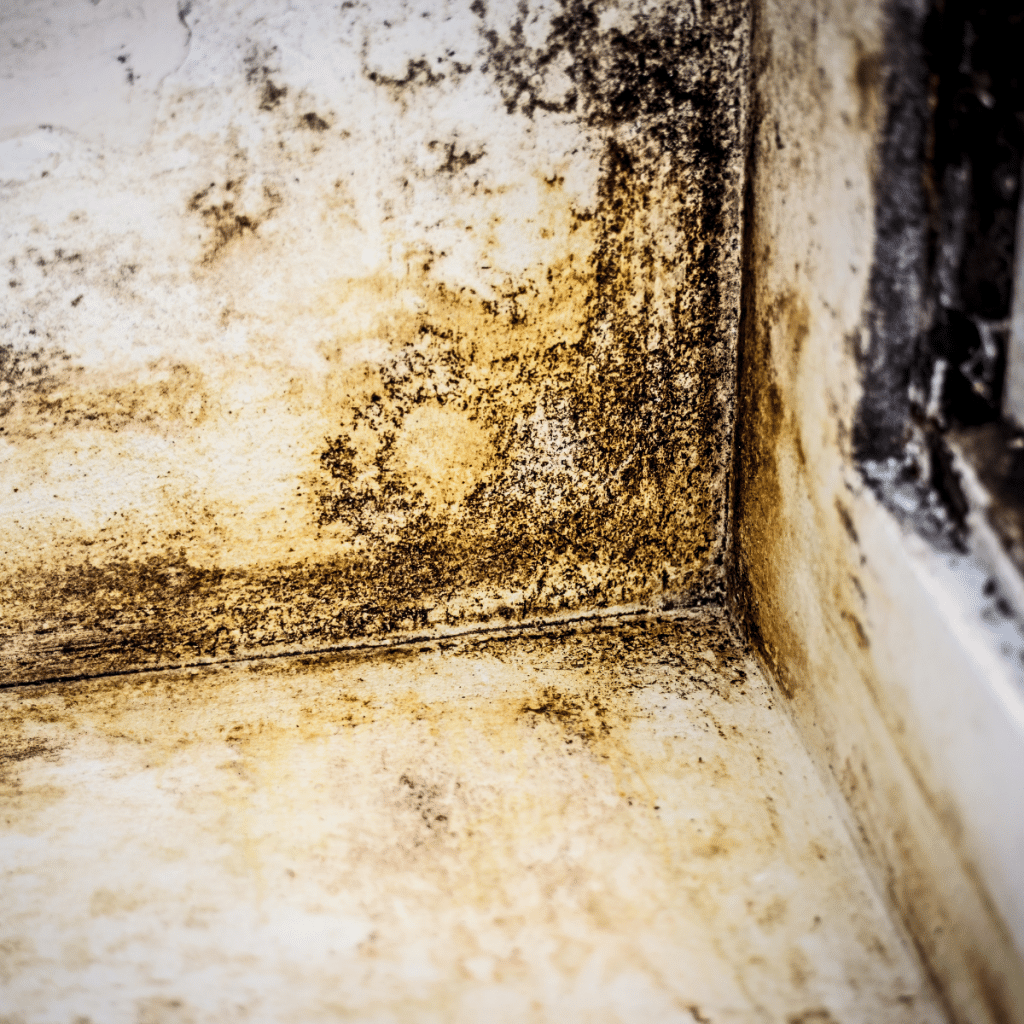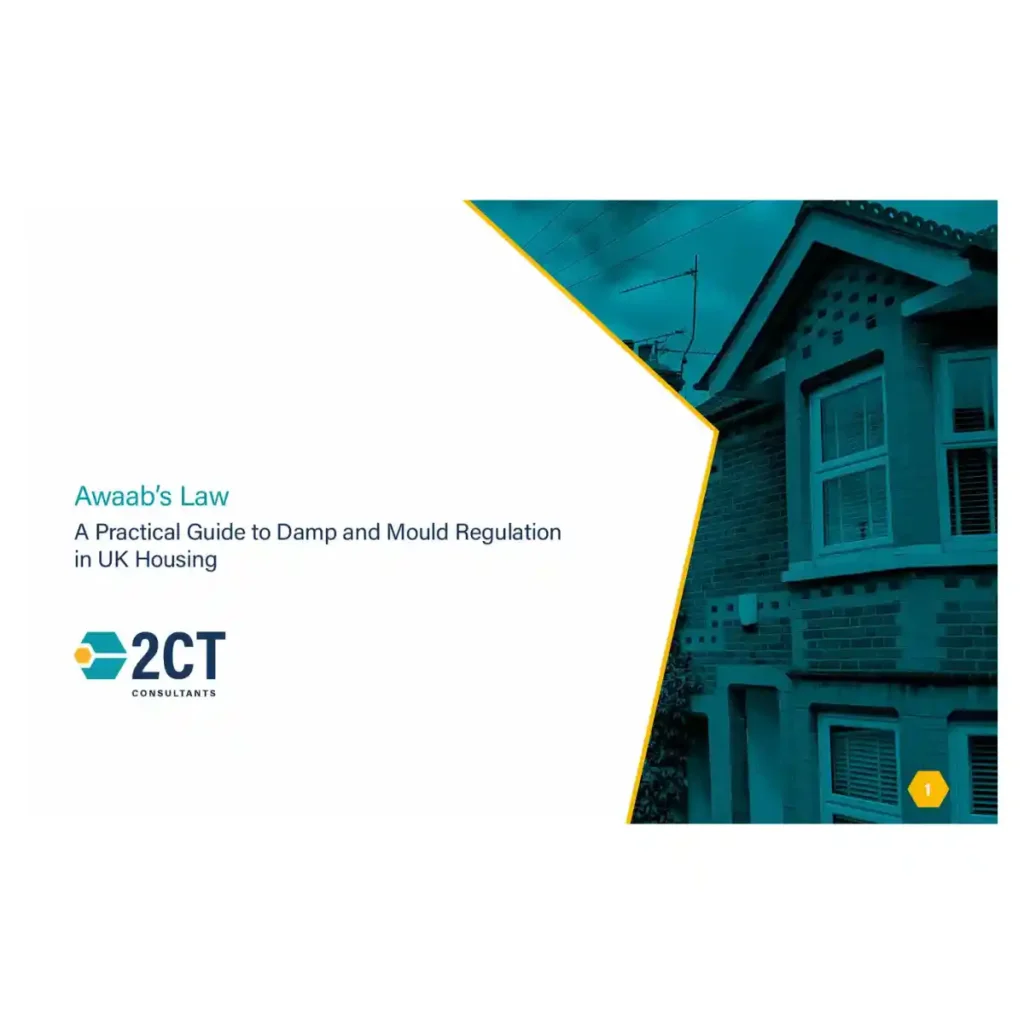As specialists in damp and mould remediation, we at 2CT Consultants understand the challenges social landlords and housing associations face in maintaining properties and ensuring tenant safety.
Here we explore the implications of Awaab’s Law for housing providers and offer practical guidance on compliance and best practices.
What is Awaab’s Law?
Awaab’s Law, which comes into effect in October 2025, introduces strict timeframes for landlords to investigate and repair hazardous damp and mould issues in social housing. The legislation requires landlords to:
- Inspect properties within a set time of receiving a complaint about damp or mould (14 days for potential hazards proposed in the consultation)
- Begin necessary repairs within 7 days of an inspection, identifying a serious issue
- Complete repairs within an appropriate timeframe
- Address emergency repairs that pose imminent danger within 24 hours
Failure to meet these requirements can result in enforcement action by the Regulator of Social Housing and the Housing Ombudsman.






